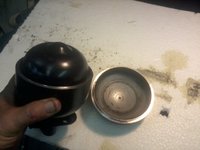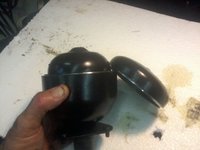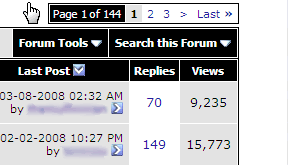Miss you guys. I've been too busy to rant on for a while, and it's bugging me.
In practical applications as far as what needs to be repaired, this is nitpicking, but there are some misconceptions about these systems, in particular there seems to be a perception that the SLS and full hydropneumatic struts are little more than hydraulic rams, with oil "on top" of the piston forcing the piston out. This concept is inadequate. There is also a frequent confusion of the concept of "damping" with the concept of "springing".
All of the SLS struts, and full hydropneumatic struts too, for that matter, ALSO function fully and completely as conventional shock absorbers. Absolutely, completely, 100%. The plate valves in those struts ARE the dampers. They have a plate valve stack on top of the piston exactly as in a conventional Bilstein type shock, and the "damping", that is to say, motion resistance, bump energy dissipation, and resonance tuning are managed at the plate valves just as in a conventional MB type shock. The piston rod is 100% surrounded by oil from top to bottom, and the plate valve stack is always moving "through" the oil with any movement of the assembly.
For damping resistance, the plate valves get jammed together more tightly during more rapid movements, and have less resistance against them during slow movements, creating a nonlinear rising damping resistance relative to motion. That's a cool old school MB/Bilstein design.
The oil displaced by the volume of the strut rod additionally compresses the gas in the sphere, and this creates the additional helper SPRING force for SLS functionality.
SPRING FORCE comes from the sphere. DAMPING RESISTANCE comes from the friction of the oil going through the plate valves in the strut.
In fact, it is vastly more accurate to think of these as conventional shock absorbers simply having larger diameter piston rods and a very large external gas pressure chamber with a variable externally controlled oil volume!
They aren't simple hydraulic rams, and the concepts of springing and damping need to be kept separate, because they are. The spheres aren't "dampers", they are air springs. They do virtually no "damping". The "dampers" ARE inside the struts.
More to come, gotta run.
Like I said, miss you guys, and we really wish we could've been at the GTG...










